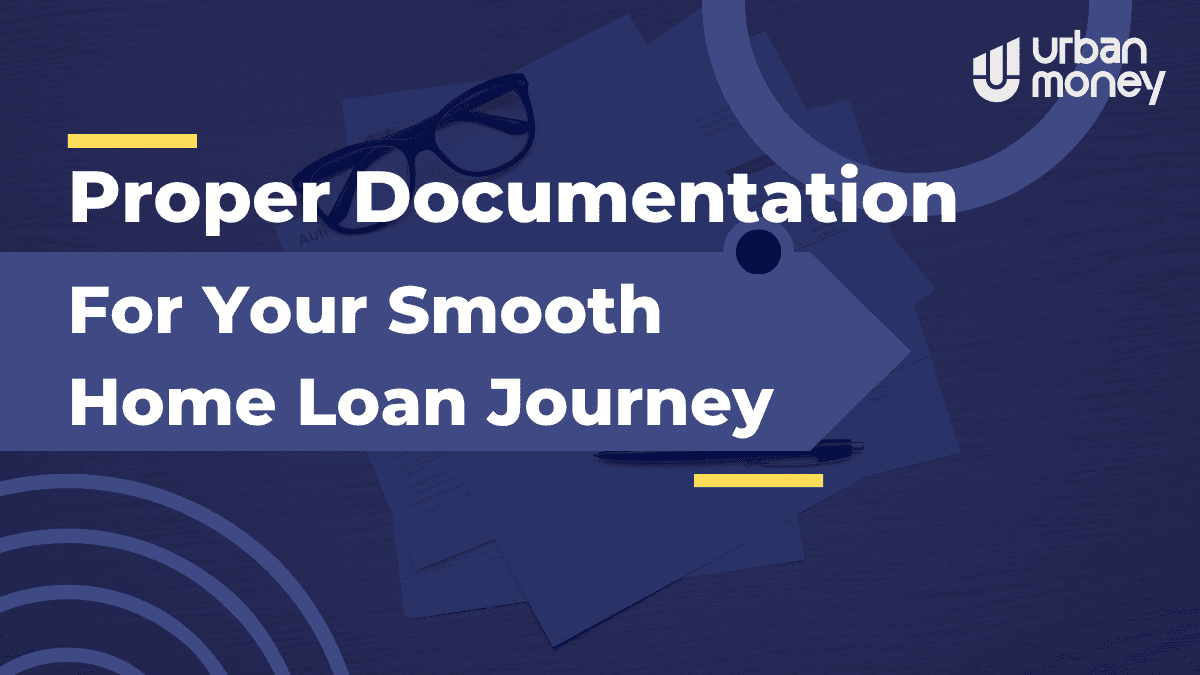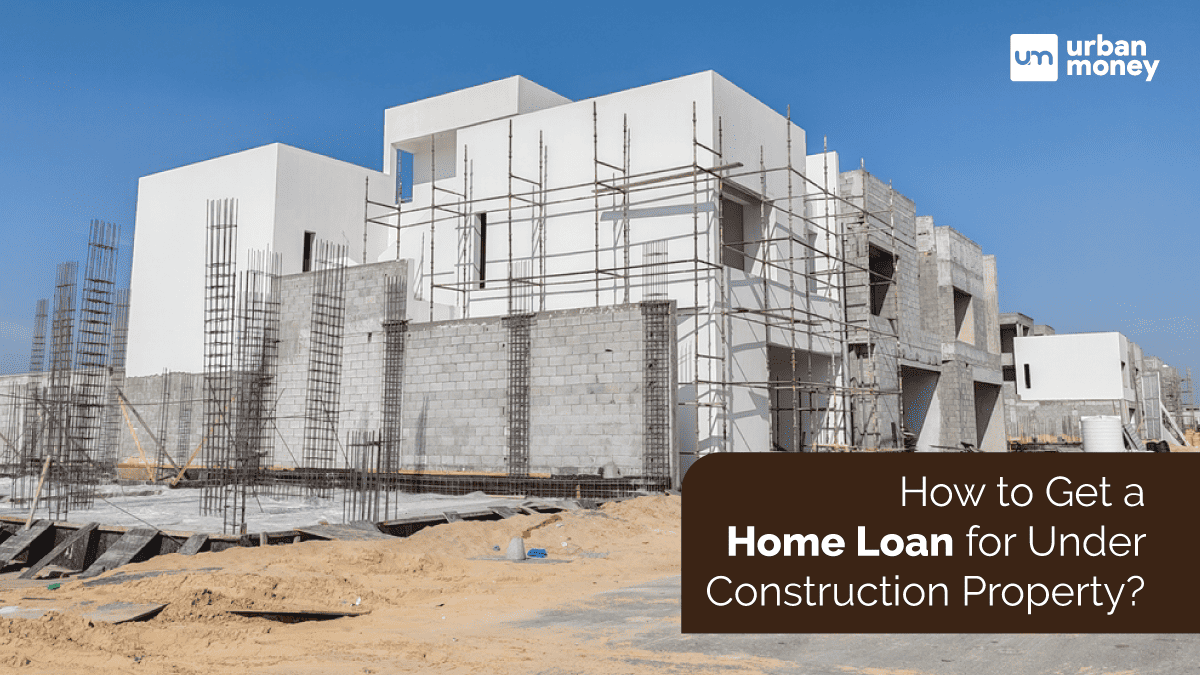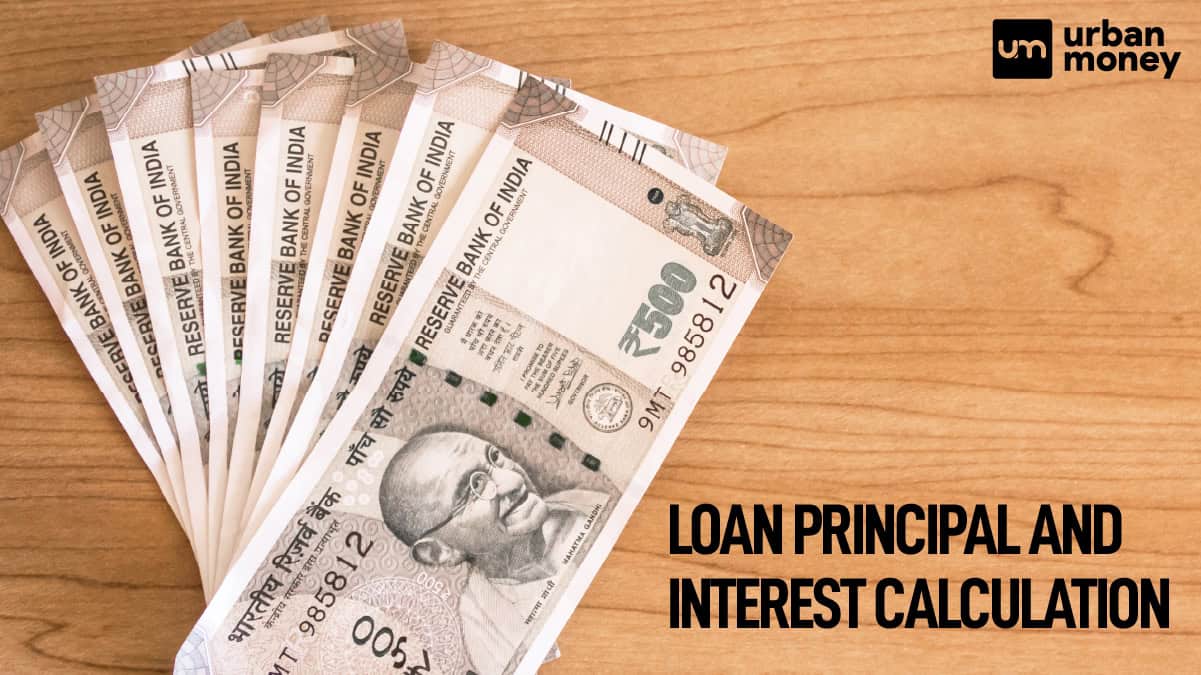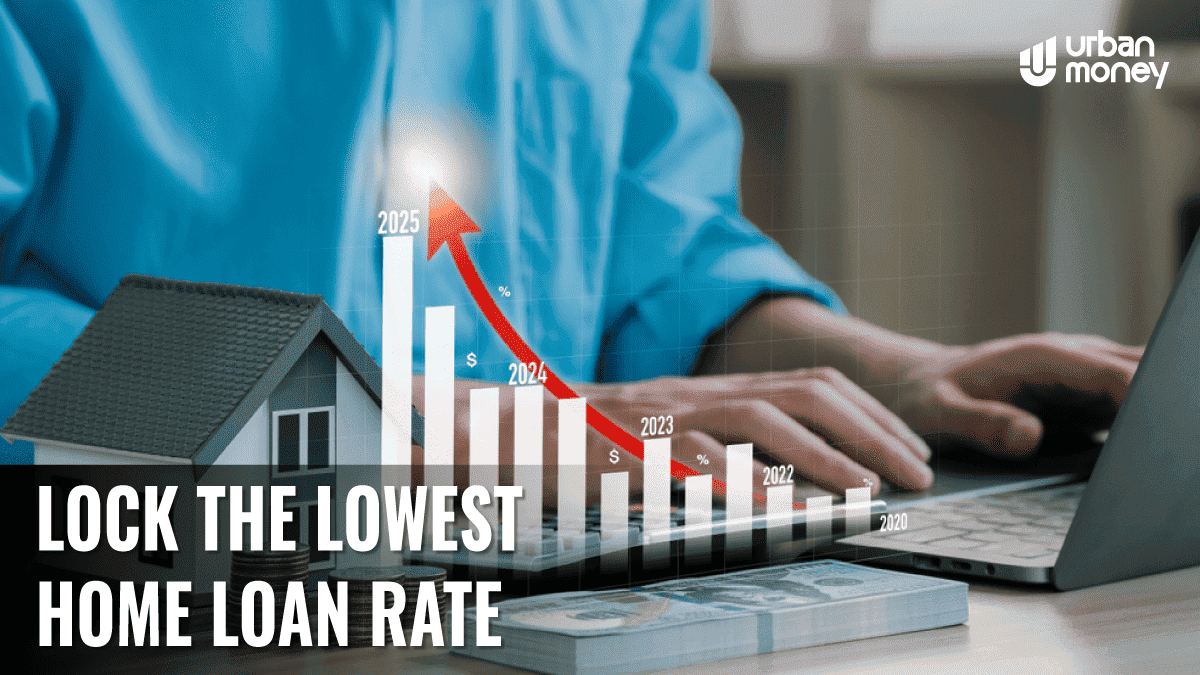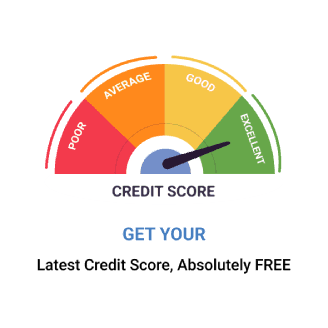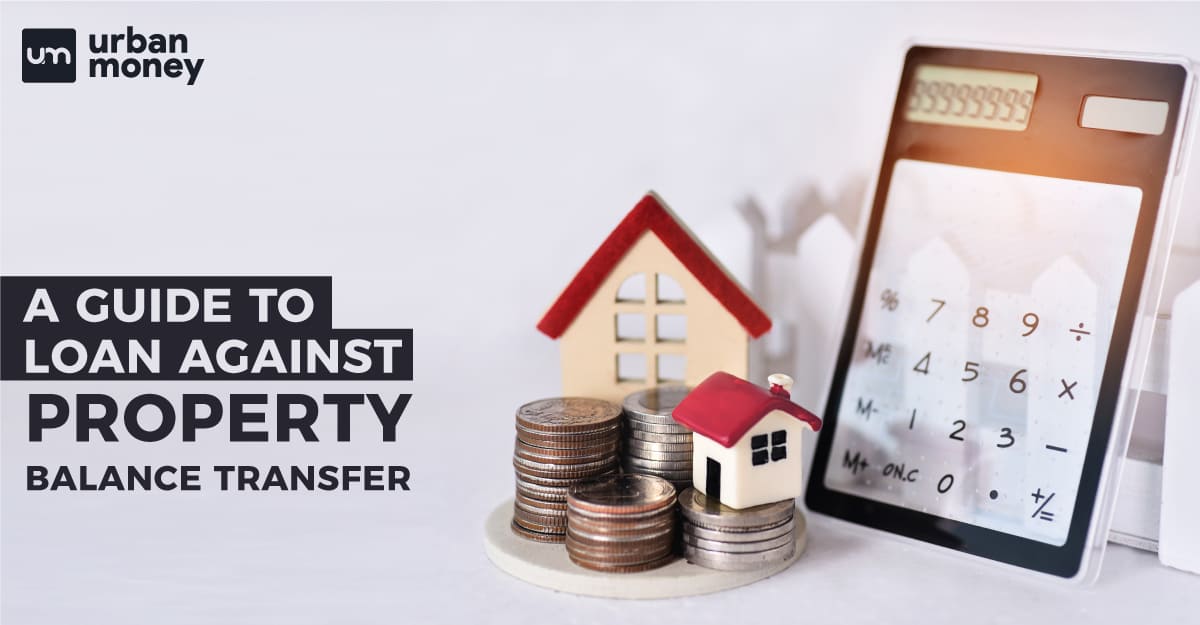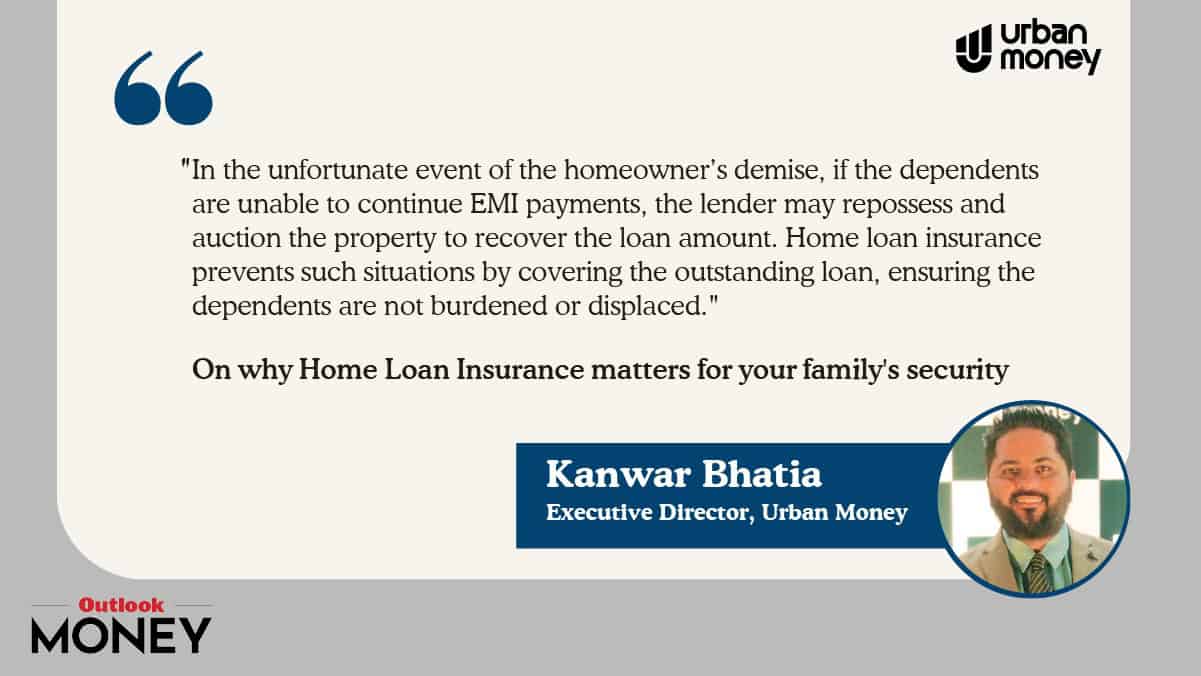Top 10 Best Private Banks in India List 2025
January 09, 2025
Home Loan Archive | Home Equity Loan for Financial Growth

May 17, 2023


Home equity loans, also known as equity loans, home equity installment loans, or second mortgages, are a type of consumer debt. Home equity loans can be used as collateral for loans by homeowners. The loan amount is the difference between the home’s current market value and the homeowner’s outstanding mortgage balance. Home equity loans frequently have fixed interest rates, but their conventional replacement, home equity lines of credit (HELOCs), typically have variable rates.
Table of Contents
ToggleA home equity loan is fundamentally a mortgage agreement in which the collateral is the borrower’s home. To decide how much a borrower is eligible for, lenders look at a borrower’s credit score, payment history, and combined loan-to-value (CLTV) ratio of 80% or above.
Home equity loans give homeowners the option of turning their equity into cash, especially if those spendable funds are used for improvements that would raise the value of the home. A homeowner may sell his house and purchase a less expensive home at one end of the spectrum, and at the other end, he may refinance his present mortgage and borrow more money to pay off the previous loans and closing charges.
The market for home equity loans is greatly impacted by the availability of the aforementioned alternatives. Refinancing is likely to happen in significant numbers when interest rates drop since homeowners frequently pay off other debt.
Home equity loans are of two types, fixed-rate loans and revolving lines of credit. Let’s get a brief understanding of both:
Fixed-rate loans give the borrower a single, lump-sum payment that is paid back over a predetermined time period, typically five to fifteen years, at an agreed-upon interest rate. For the course of the loan, both the payment and the interest rate stay the same.
An adjustable or variable-rate loan known as a home equity line of credit (HELOC) functions very similarly to a credit card and, in some cases, even includes a card that may be used to make purchases with the line of credit. When a borrower needs money, they can withdraw it using a credit card or special checks because they have been pre-approved for a specified spending cap.
The total amount borrowed and the applicable interest rate determine the monthly installments. The draw phase, often lasting five to ten years, is followed by a repayment term, typically lasting ten to twenty years after drawings are no longer permitted. Although HELOC interest rates are normally variable, certain lenders may switch to a fixed rate for the duration of the repayment period.
Several conditions for a home equity loan are the same as those for a primary mortgage. However, since a home equity loan does not cover the full cost of the house, there can be certain criteria. Given below are some of the major factors that are considered for your home equity eligibility:
Better credit scores typically result in more enticing interest rates for borrowers, but you may still be eligible even if your score is in the “excellent” range. Your capacity to make on-time payments is evidenced by your high credit score.
Lenders want to verify that you have enough savings without running into any danger. If you have at least 20% equity, your loan-to-value (LTV) ratio must be at least 80%.
You’ll probably need to present evidence of your income, like tax returns or pay stubs. If you’re self-employed, you can request a profit and loss statement.
Lenders may demand a specific debt-to-income (DTI) ratio in order to verify that you are not too indebted. By summing up all of your monthly loan payments and dividing them by your gross monthly income, you may get your DTI. Each lender will have a different minimum DTI requirement.
A home equity loan in India is a type of loan that allows homeowners to borrow money against the equity they have built up in their home. Here are the general steps to apply for a home equity loan in India:
Before applying for a home equity loan, you need to check your eligibility criteria with the lender. Generally, the criteria include minimum age, minimum income, credit score, and property ownership. Different lenders may have different eligibility criteria.
The loan amount you can get will depend on the value of your home and the equity you have built up in it. You can use an online calculator or consult with the lender to get an idea of the loan amount you may be eligible for.
You need to gather all the necessary documents for the loan application process. These may include proof of identity, address, income, property ownership, and loan repayment capacity.
You can apply for a home equity loan either online or by visiting the lender’s branch. Fill out the application form and submit it along with the required documents.
The lender will evaluate your property to determine its value and verify the ownership documents.
You can borrow money using the equity you have in your home through both HELOCs and home equity loans. Nonetheless, they both allow you to borrow money with distinct conditions and criteria. The important facts about both HELOCs and home equity loans are provided here.
Home equity loans offer the borrower a single lump sum payment that is paid back over a predetermined time period (often five to 15 years) at an agreed-upon interest rate. For the course of the loan, both the payment and the interest rate stay the same. If the house on which the loan is based is sold, the entire loan balance must be returned.
A HELOC is a revolving line of credit that you can use as needed, repay, and then draw on again for a period of time set by the lender. It functions similarly to a credit card. Once the draw period (five to ten years) is over, after which no more draws are permitted, comes the repayment period (10 to 20 years). Although some lenders provide HELOCs with fixed interest rates, they normally have variable interest rates.
Given below are the interest rates for home equity loans in India:
| Type of Loan | Rate of Interest (Average) | Range |
| Fixed Loan of 15 Years | 5.82% | 2.99%-9.03% |
| Fixed Loan of 10 Years | 5.60% | 2.99%-9.99% |
| Fixed Loan of 5 Years | 5.28% | 2.50%-9.99% |
| HELOC | 5.61% | 3.50%-8.63% |
Home equity loans are a readily available source of money. Although it is frequently higher than the interest rate on a first mortgage, the interest rate on a home equity loan is still far lower than the rates on credit cards and other consumer loans. In fact, paying off credit card debt is a common incentive for customers to take out a fixed-rate home equity loan against the value of their homes.
Consumers who consolidate their debt with a home equity loan benefit from a single payment and a lower interest rate, but no longer receive tax advantages.
You can get a variety of repayment alternatives from the lender. The loan is typically repaid every month, and at the conclusion of the period, the full amount is returned. It also depends on the kind of home equity loan you want to obtain, though. A fixed home equity loan has predetermined terms for repayment, interest rate, and tenure. A HELOC needs a monthly interest payment on the principal borrowed as part of the repayment process. You are required to repay the total amount borrowed once the tenure is over. You have a variety of repayment alternatives from the lender. The loan is typically repaid every month, and at the conclusion of the period, the full amount is returned. It also depends on the kind of home equity loan you want to obtain, though. A fixed home equity loan has predetermined terms for repayment, interest rate, and tenure. A HELOC needs a monthly interest payment on the principal borrowed as part of the repayment process. You are required to repay the total amount borrowed once the tenure is over.










© 2025 www.urbanmoney.com. All rights reserved.

Need Loan Assistance?






